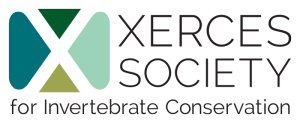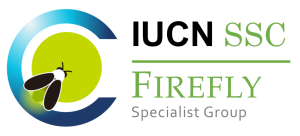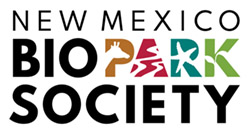Are you interested in observing and documenting fireflies, but aren’t sure where to start? Between scientific names, flash pattern measurements, and insect anatomy terms, fireflies can be an overwhelming subject! Read on for some tips on equipment, what to pay attention to, and how to stay safe.
Ready to survey for fireflies? Read through the participant handbook, download the survey data sheets, and be sure to follow the Xerces Society Community Science Code of Conduct.
LINK: Participant handbook
LINK: Survey data sheets
LINK: Community Science Code of Conduct
Notice: Below is a list of 3 important links included on this page.
3. Community Science Code of Conduct
Please note that while screen readers have made significant strides, they may still lack full support for optimal web accessibility.
Are you interested in observing and documenting fireflies, but aren’t sure where to start? Between scientific names, flash pattern measurements, and insect anatomy terms, fireflies can be an overwhelming subject! Read on for some tips on equipment, what to pay attention to, and how to stay safe.
- Scope out the habitat during the daytime! Whether you are watching fireflies in your neighborhood or on a camping trip, you will not regret taking the time to familiarize yourself with the area while it is still light out. Look for spots that look promising (perhaps a field edge, wetland or shaded forest), take note of the layout of trails or roads, and keep an eye out for hazards like poison ivy, thorny brambles, steep drop-offs, or dangerous traffic.
- Use a voice recorder. Whether it is your mobile phone or a dedicated voice recorder, a device to record sound will allow you to describe what you see while keeping your headlamp off and your eyes on the fireflies. Be in the habit of stating the time, date and location at the beginning of each recording.
- Make a note of the temperature! Air temperature affects firefly activity patterns and flash rate, so it’s important to know how warm or cool it is. Bring a thermometer with you or check online for the conditions at the closest weather station.
- Use a red-filtered headlamp or flashlight, and keep it turned off as much as possible.
- Remember to take some time for appreciation and awe! If collecting relevant information for documenting and identifying species begins to feel stressful, pause to simply take in the wonder of flashing fireflies.
Ready to survey for fireflies? Read through the participant handbook, download the survey data sheets, and be sure to follow the Xerces Society Community Science Code of Conduct.



